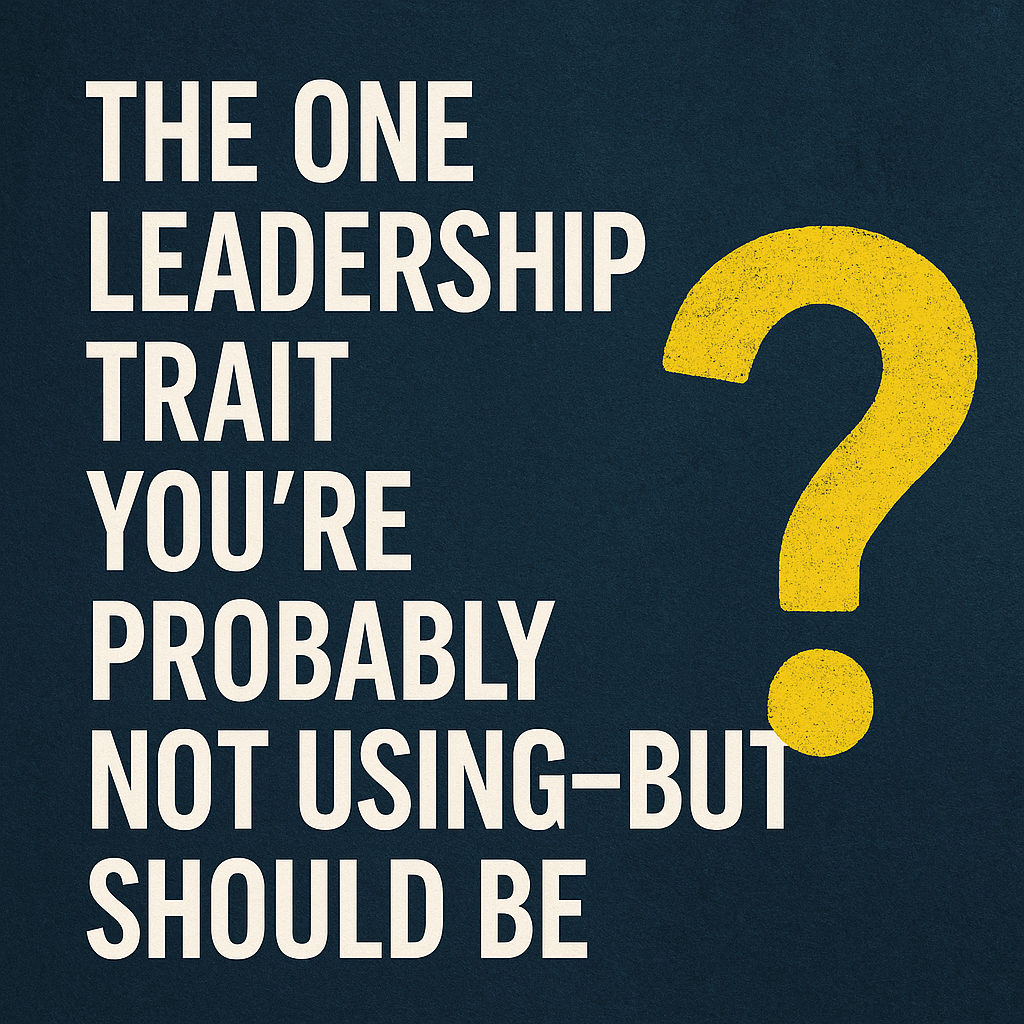
Most leaders claim they want A-players. They talk about excellence, high standards, and building great teams. Yet when you look closely at their hiring decisions, the pattern tells a different story. The strongest candidates are passed over. The safest ones get the offer. Over time, average teams stay average.

It was one of those shifts that started too quietly. The kind of quiet that hums under your skin. Nothing major running hot, no alarms, just the low drone of pumps and blowers you stop hearing after a while. I was doing my rounds, clipboard in hand, going through a checklist I could almost recite in my sleep. It’s a funny thing—when you do the same steps a thousand times, your body moves faster than your brain. That’s when you start cutting corners, without even realizing it.

My name isn’t really Mike. But if you work in the petrochemical industry on the Gulf Coast, you might have seen me. Maybe you’ve passed me in the control room, at the safety meeting, or in the break trailer. Maybe you already know me and don’t even realize it.

In business, not all problems wear warning labels—some sneak in wearing smiles, enthusiasm, and the appearance of hustle. I’m talking about the most seductive trap for leaders: highly motivated mediocre talent. These employees are energetic, loyal, and endlessly willing to “do.” They raise their hands, stay late, and volunteer for projects. On the surface, they seem like a dream. But scratch deeper, and you realize they’re not driving real results—they’re simply creating the mirage of progress.

Let's say it plainly, because we've all seen it: leaders who default to telling, fixing, controlling, or judging—far more often than they default to asking. Why? Because this one thing is slow, it's uncertain. It doesn't give you that satisfying feeling of control or the rush of authority. It feels like a detour when you're paid to make decisions and drive outcomes. And let's be honest—many leaders think that if they ask too many questions, it will make them look weak or unprepared.

Let's get right to it: if you're a leader operating from a mindset soaked in pessimism, constant anxiety, or a chronic negativity bias, you might be doing more harm than you think. Not just emotionally but neurologically. And not just to yourself—but to the entire team you lead. Sound dramatic? Maybe. But science is backing it up.

Let’s get one thing straight: most organizations are not wired to win. They’re wired to survive. To get through the quarter. To avoid disruption. To keep the machine running just enough to not get fired. In their sharp and deeply practical book Wiring the Winning Organization, Gene Kim, Dr. Steven Spear, and Andre Martin argue that most companies operate like they’re flying blind—disconnected systems, slow signals, and lagging indicators. If you want better outcomes, you must fix the wiring. They’re right. But let’s not stop at analysis. Let’s move to application. Because rewiring an organization isn’t an academic exercise—it’s a leadership crucible.

Every team, at some point, reaches a ceiling. Maybe results plateau, accountability slackens, or mediocrity slowly seeps into the culture. At this moment, leaders face a critical choice: maintain the status quo or become more demanding. Sounds simple—until you try it.

The need to be liked is one of business leaders' biggest psychological hurdles. While it's natural to want to be respected and appreciated, an excessive desire for approval can lead to weak decision-making, poor boundaries, and an inability to hold others accountable. From an Adlerian psychology perspective, this struggle stems from mistaken beliefs about self-worth and interpersonal relationships. Leaders who seek validation from others often fear rejection, prioritize harmony over progress, and struggle with making difficult but necessary decisions.

In the fast-paced world of leadership, performance gets credit as the ultimate metric for success. Yet, a pressing dilemma persists: What happens when a high-performing individual wreaks havoc on the team's morale and cohesion? Many leaders, mesmerized by the short-term gains of retaining a "toxic star," overlook the long-term damage inflicted on the collective. This article explores the phenomenon of leaders keeping toxic high performers, the underlying psychology behind this tendency, and actionable strategies to address it. By fostering a healthier team culture, leaders can unlock sustainable success that benefits everyone—not just the star performer.

Success begins in the mind. Before any outstanding achievement can materialize, it must take root as an idea, a vision of what is possible. Imagining yourself successful is not merely daydreaming; it is a deliberate and powerful tool used by athletes, entrepreneurs, artists, and leaders throughout history. When harnessed effectively, visualization can help align your thoughts, actions, and emotions with your goals, paving the way for tangible results. Here’s how to leverage the power of imagining yourself as successful to achieve your aspirations.

Outstanding leadership emerges from technical expertise and the ability to connect with others authentically and inspire them to achieve shared goals. To achieve this, leaders must first unlock their true personality—an authentic self-reflecting inner confidence and a commitment to others' growth.